It’s 5:30 a.m., and I can’t lay awake in the mid any longer. A fitful night disrupted by periodic and frightful gazes at my watch has expired. I wiggle in my sleeping bag, gathering the various clothes and batteries stuffed about. Trying not to wake Lane and Nick, I slide over the semi-deflated sleeping pad that’s teased me the last three nights. I grab a foam pad and sleeping bag and head outside, waiting for the day to start. Winter camping seems to be a teeter-totter of suffering and joy. At this moment, I’m on the totter, wishing I’d checked if my inflatable pad was fully functional before leaving home.
It’s not all misery, though. We’re perched in the North Cascades eyeing miles of peaks, some of which have seen few people in wintertime.
We are motivated by the extended high pressure to explore the North Cascades. Call it positional skiing, not conditional skiing. We set out with 4 days of food and less of a plan than typical. “Objective skiing” often has a line or path in mind that anchors your trip. This time, we lacked the normal structure. This wasn’t a traverse. This wasn’t a pure basecamp. This wasn’t a smash-and-grab. Well, what was it then?

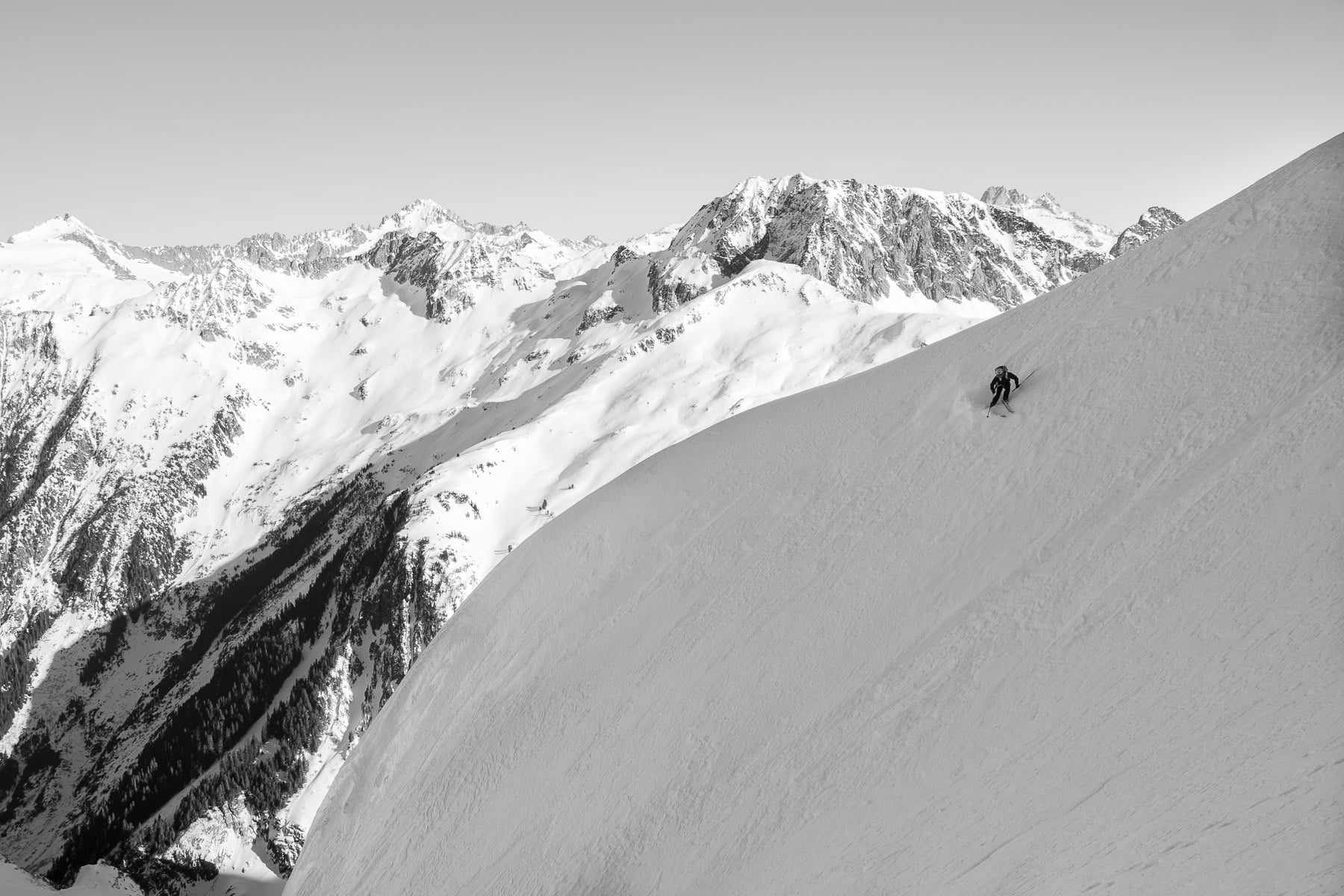
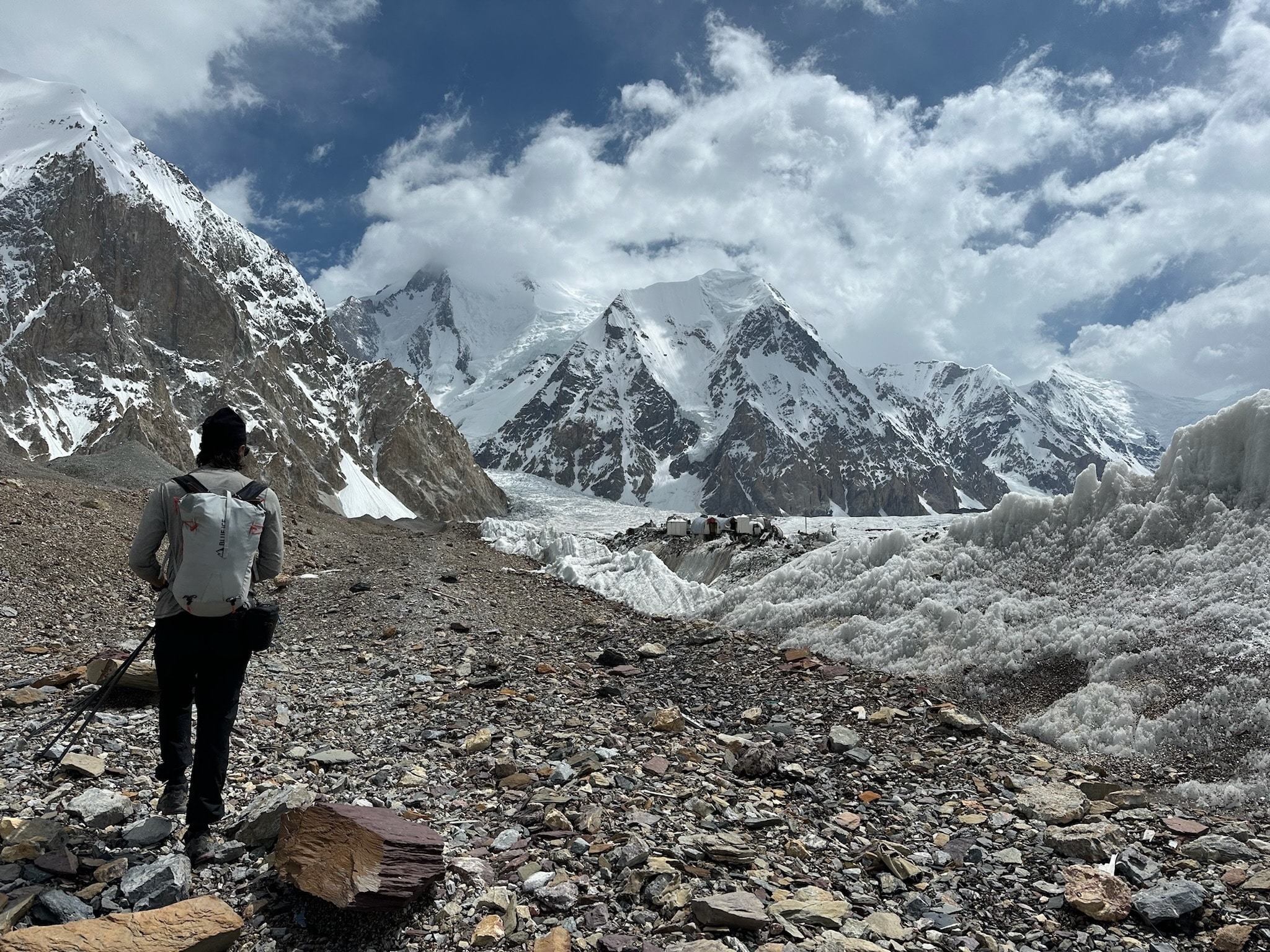
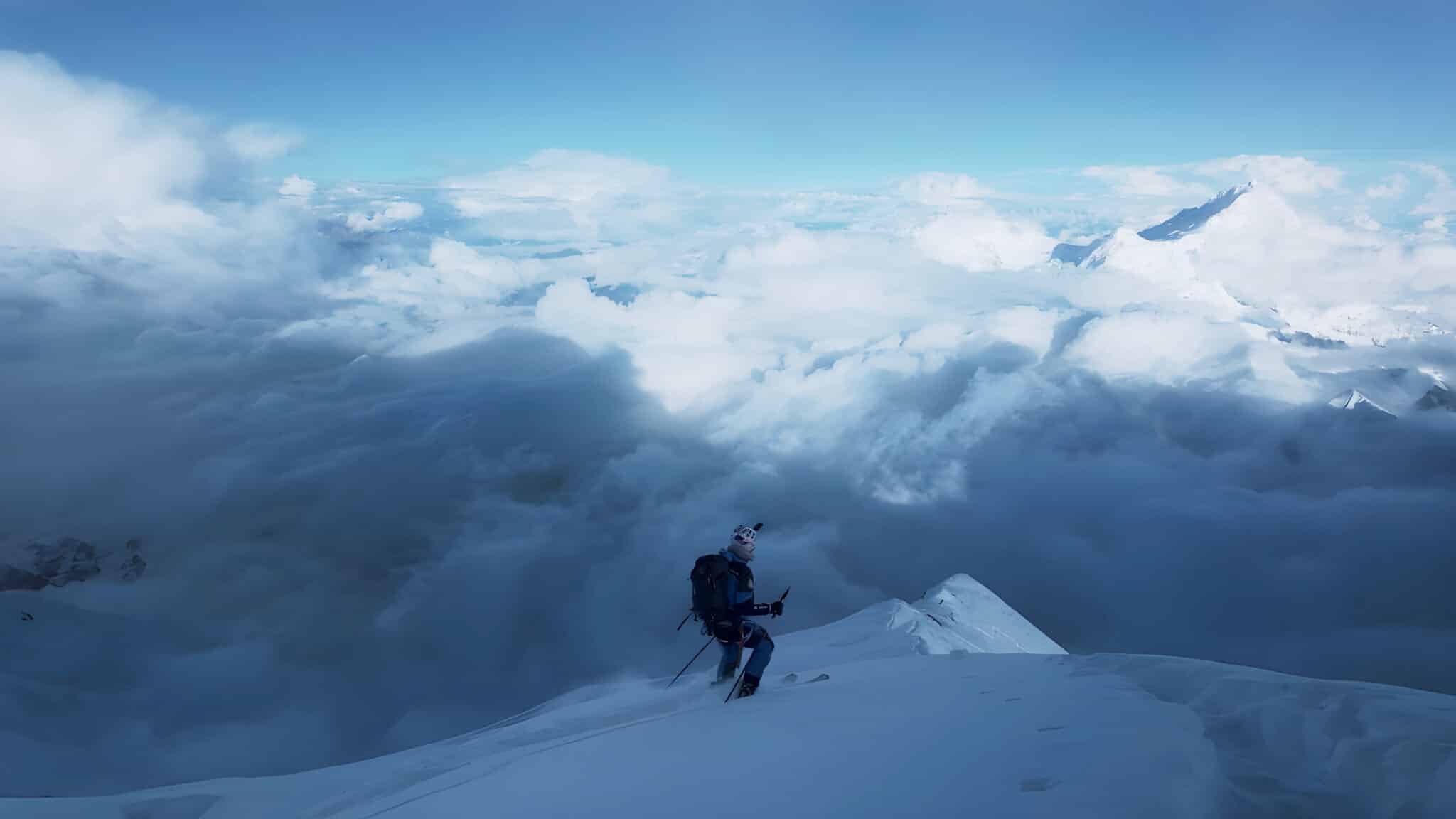
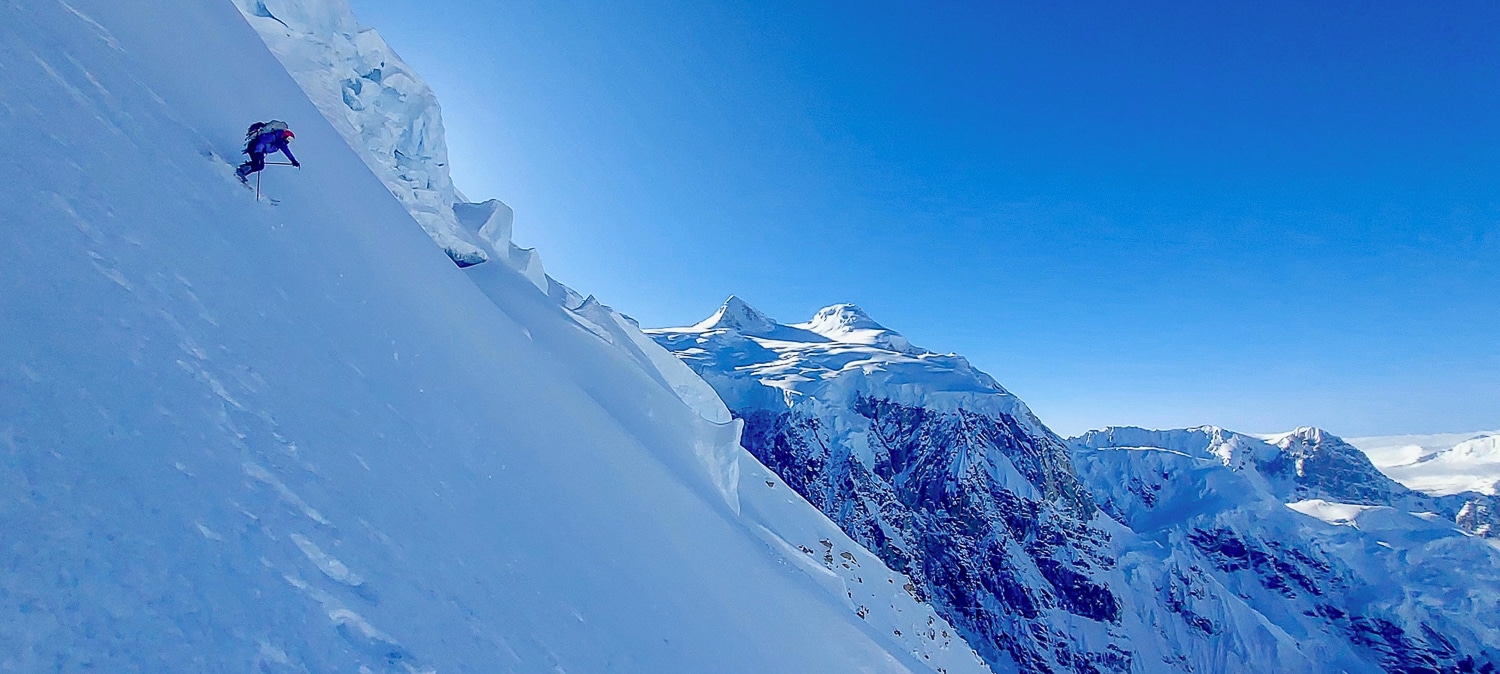
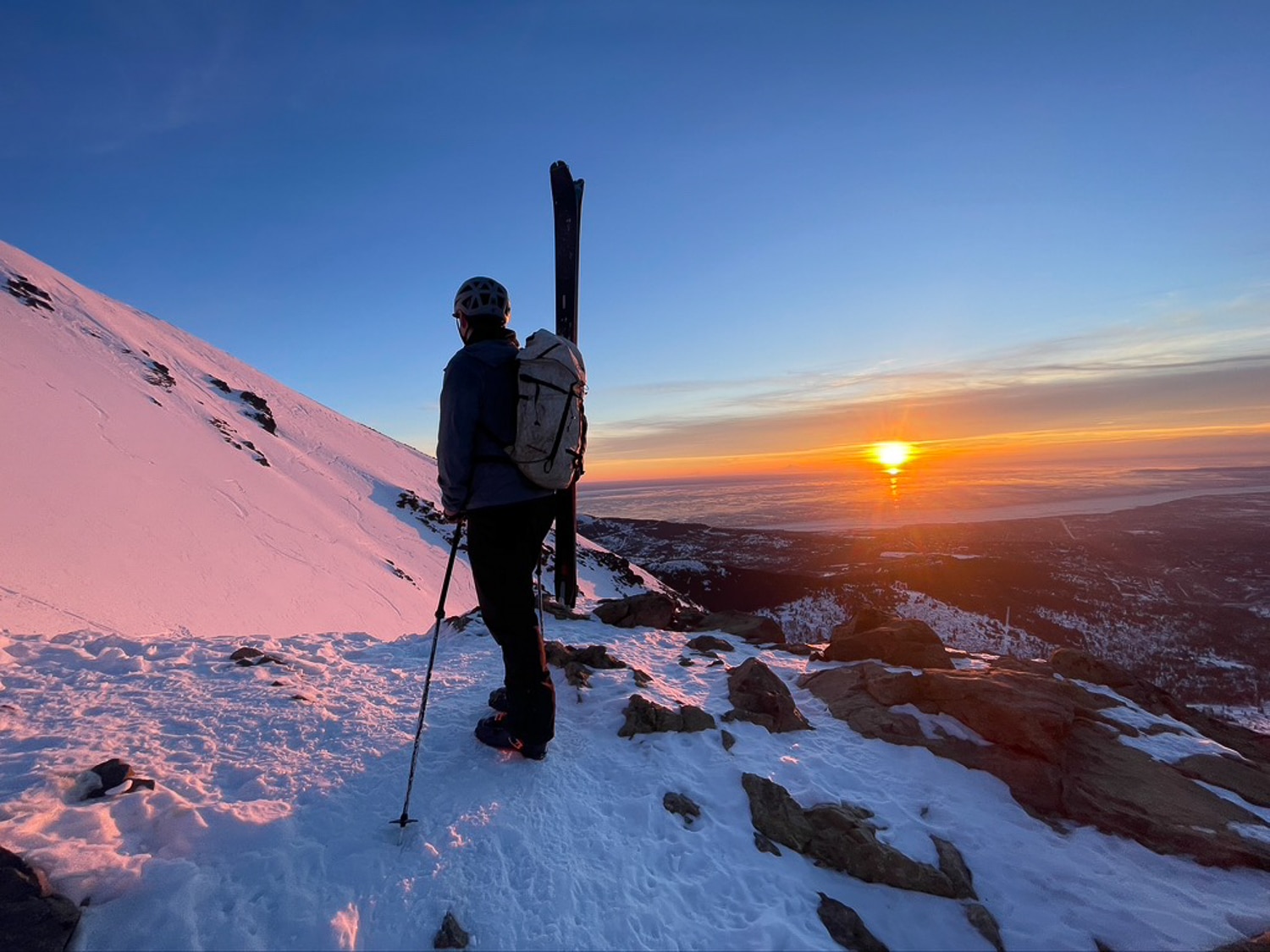
Leave a Reply
You must be logged in to post a comment.